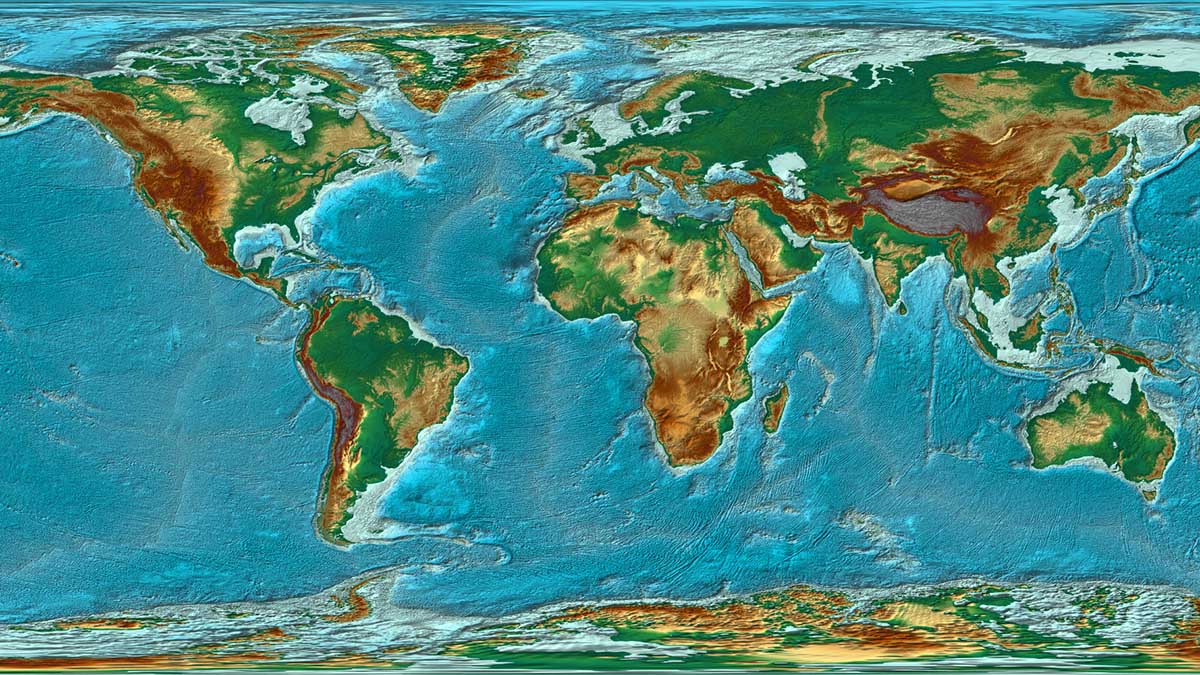Physical Address
304 North Cardinal St.
Dorchester Center, MA 02124
Physical Address
304 North Cardinal St.
Dorchester Center, MA 02124

The World Recorder is a concept for a system intended to create a snapshot of a region or and era at a given point in time.
Note: this is a work in progress. This article will be updated regularly.
The World Recorder is a concept project for a system designed to capture a snapshot of the state of world, a region or an era at a given moment in time. Basically a snapshot of a given moment of time that could help someone from the future or another region to experience that region of era as if he or she were experiencing it themselves. These “snapshots” are a series of deeply interconnected and well catalogued millions of data points that are processed, catalogued, tagged, and then turned into contextualized information used to build a simulation of that region or era during a particular point in time. This reconstruction doesn’t only just rebuilds the captured region or era visually, but also it captures the behaviors of the people, the culture, the mannerisms, the sounds of the different areas, the ambiences, the smells, the feels and the spirit of the era, etc.
In order to build these snapshots, the World Recorder takes millions of Items/Data Points, orders them by point of origin, categorizes and tags them, and timestamps each sample. Then in a complex, very intensive process, the World Recorder deeply correlates each item, generating a data cloud with a snapshot of a particular culture/region/province/state/country during a particular point in time. Then, as it keeps generating snapshots, it can define that culture/region/province/state/country across a particular era or period.
Each data point is an item being recorded/catalogued/registered by the World Recorder process. When scanning, registering a data point, the process will also gather the state and condition of the item being recorded. For example, if it were scanning a particular magazine, it will register the following:
Note: see Data Point Processing for more information about how these Data Points are processed.
A snapshot is the state of a culture/region/province/state/country during at particular point in time. The World Recorder works by generating snapshots. For each snapshot in time, it collects/gathers data points, it studies them, correlates them and generates relationships/inter-relationships between them, and once that process is completed it generates a snapshot.
How each item/data point evolves through the different snapshots. As the World Recorder starts generating snapshots of a culture/region/province/state/country at a given point in time, it also studies how the item/data points change between snapshots.
For example, for a particular sport, it will study how popular/less popular it becomes through each snapshot. It will study if between snapshot it becomes more popular/less popular across different areas/regions/social classes. It will study if the rules/gear change between snapshots.
Adjacency: the changes registered are only between adjacent snapshots. The purpose of this system is to track how things change from snapshot to snapshot. A problem may emerge from this. What if the snapshots are created with a significant amount of time between them, or a series of partial-snapshots didn’t register something for a long time, and that item/thing/concept/custom being registered changed so much that now it’s hard or impossible to track how it evolved/changed. That may create a hole in the record.
Hole: when two snapshots are taken far apart from each other, and it’s hard or impossible to determine how an item/thing/concept/custom changed or evolved over time.
Once collected, the Data Points need to be thoroughly analyzed, tagged and catalogued. More importantly, they also need to be inter-linked and contextualized, since the Snapshot itself is built from millions of well interlinked and inter-related Data Points.
Frequency: the frequency of the data points being collected is important.
Deep interrelations: the World Recorder will also try to correlate each data point with other data points, creating deep networks of relationships and inter-relationships between the data points.
Cataloguing: the item needs to be catalogued in-depth by the World Recorder.
Purpose: the purpose of the item/data point being collected. This can be considered a sub-part of the Cataloguing process.
Status: the World Record will study how the item/data point is seen and regarded.
Influences and locality: data points of all types should be defined as either local or foreign adopted. It should be studied how these merge with the local culture, level of adoption, etc. The data points should also be grouped in styles/groups/categories accordingly.